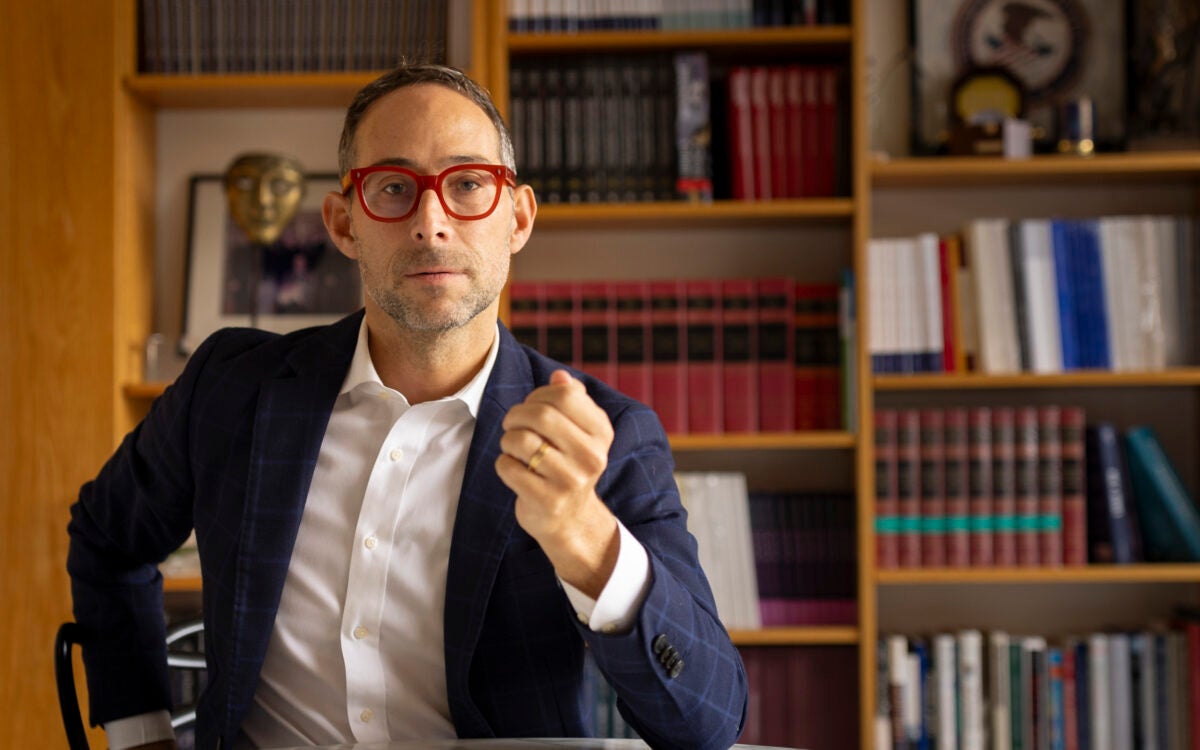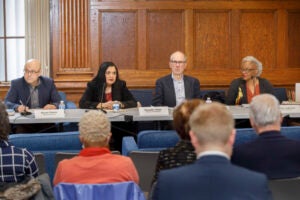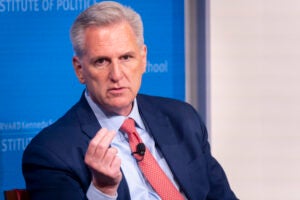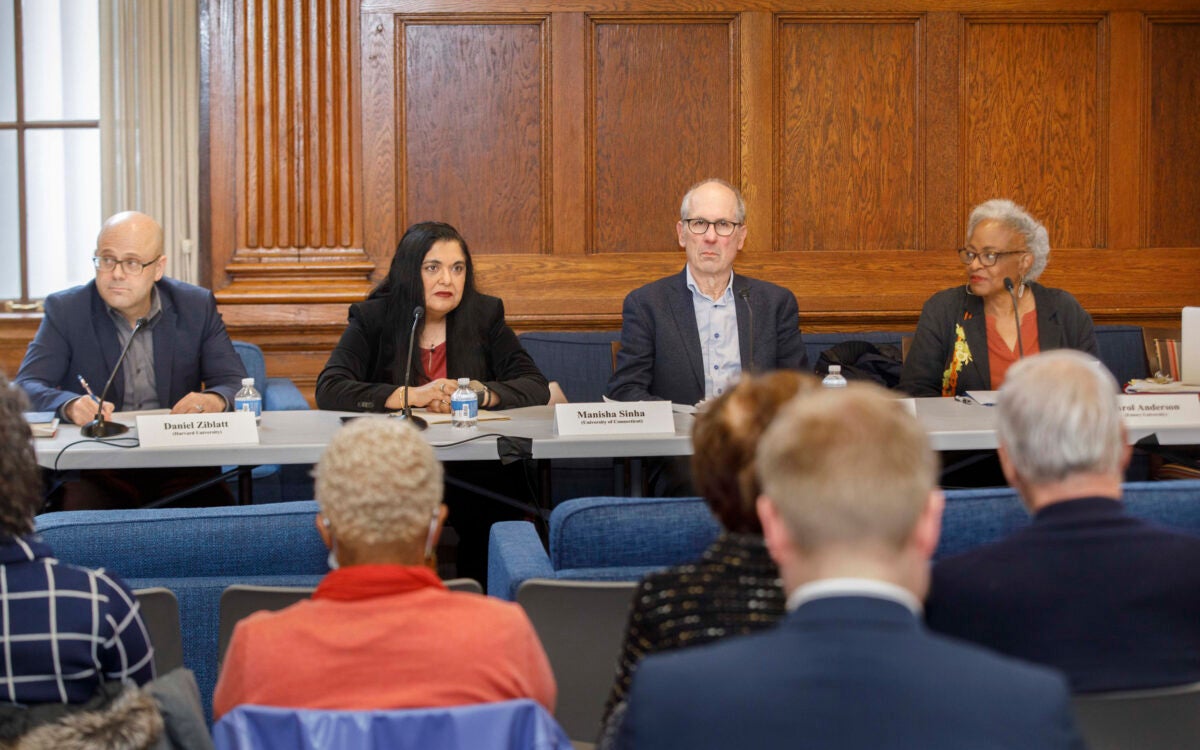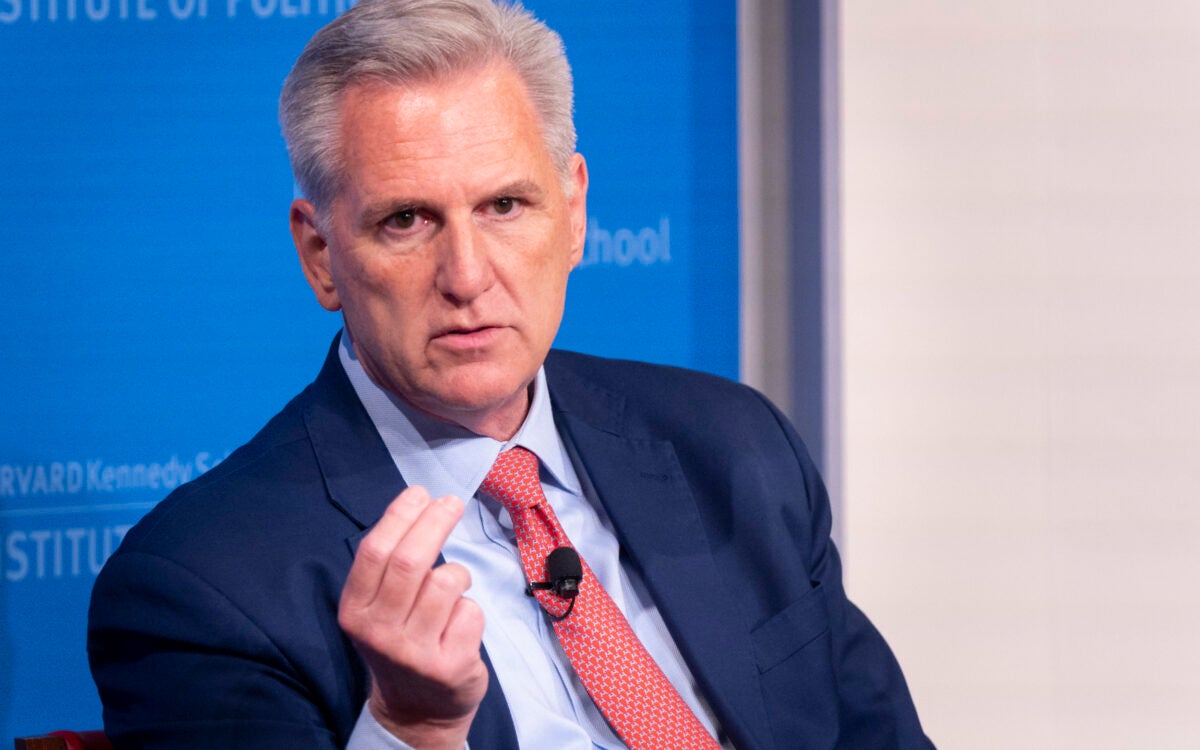Post-election: What’s changed, what’s stayed the same
Galston and Kristol see 2008 as turning point, to a point
Barack Obama will enter the White House in January with the strongest mandate of any Democratic president at least since Lyndon Johnson in 1965, and arguably since Franklin Delano Roosevelt in 1933.
Signs of a generational alignment, like the ones that made “Roosevelt Democrat” or “Reagan Republicans” household words are apparent.
But serious fiscal constraints – the burden of the $700 billion financial bailout package that has already been passed, plus the proposed second stimulus package, which is quickly coming to be seen as inevitable – are likely to get in the way of one of Obama’s key campaign promises, his middle-class tax cut.
And for all the talk of “change” and “historic firsts” in the air after the Nov. 4 election, analysis shows that the needle on the political dial has budged hardly at all. The numbers of Americans who identify themselves as liberal, moderate, and conservative have held pretty steady. The junior senator from Illinois may have had the most liberal voting record in the chamber, but the percentage of Americans identifying themselves as “liberal” has moved by only a single percentage point, from 21 to 22 percent.
These are some of the observations presented Thursday (Nov. 6) by William Galston of the Brookings Institution and William Kristol, founder and editor of The Weekly Standard, at Tsai Auditorium.
The event was sponsored by the Program on Constitutional Government, directed by Harvey Mansfield, the William R. Kenan Jr. Professor of Government, who served as the moderator for the discussion. The Center for American Political Studies co-sponsored the event.
Galston was there to represent the liberal perspective and Kristol the conservative one. But there was considerable agreement between the two, with both making the case for 2008 as a real turning-point election, likely to lead to Democratic ascendancy for a generation. Galston identified signs of the emergence of a new Democratic coalition, built on young voters, “who have been trending liberal over the past 10 years”; on African Americans, who were “virtually unanimous” for Obama; and on a strong appeal to Hispanics.
For Kristol, 1980 – the election year that swept Ronald Reagan into office – is the analogy, albeit from the other side of the aisle. “People are underestimating how strongly positioned Obama is to govern,” he said, observing that the president-elect has a clear majority of the vote, majorities in both houses of Congress, and dominance over the majorities.
Kristol pointed to a couple of key voter demographic phenomena likely to cause trouble for the Republicans in the years to come. Relying on math he was doing in his head, he said, he posited that “Obama’s entire majority comes from younger voters, 18 to 30. That’s a very big deal.”
Galston said that the Obama campaign’s effort to sign up new voters “worked” – he mobilized 3 million new voters, and they went overwhelmingly for Obama. Obama also had some success reaching out to religious voters – he managed to “flip the Catholic vote” and to “chip away” at the Republicans’ share of the vote of those who attend church every week.
Obama also managed to draw large numbers of Hispanic voters, many of whom supported George Bush in 2004, Kristol said. This shift was decisive in Nevada, New Mexico, and, most significantly, Florida.
Kristol praised the selection of U.S. Rep. Rahm Emanuel of Illinois for White House chief of staff as “a very interesting pick” – the chief, Kristol said, that Bill Clinton should have had. Emanuel is “a tough partisan, but not from the left wing of the party.”
If that means the people can expect to see the Obama administration deliver tough centrism, it may be a good thing. Galston said, “There’s no evidence of an ideological shift in the political center.” One of the ways the current climate is like that of 1980, he said, is that this is a time of public ambivalence about the role of government. “There’s no national consensus in favor of a larger government. Obama got a quarter of his vote from those who already think government is doing too much.” And public trust is at “a historic low.”
Despite Obama’s criticisms of U.S. foreign policy under George W. Bush, it won’t be all that different under Obama, Kristol predicted. Obama’s opposition from the beginning to the war in Iraq is widely seen by his supporters as a strong indicator of his superior judgment on policy matters. But Kristol put that opposition into context of the political milieu in which Obama found himself as the war began. He was not yet in the U.S. Senate but rather immersed in the liberal world of the University of Chicago and Illinois politics. An antiwar attitude would have been the default position, Kristol suggested. He added that Obama’s opposition wasn’t to war in principle. “He hasn’t renounced all use of force.”
During this year’s campaign, Kristol said, “actual stated policy differences between McCain and Obama were much smaller” than those between their Republican and Democratic counterparts in 1984, for instance.
“The real question is how he will use force,” Kristol said, and he predicted that Obama “will disappoint his dovish supporters.”
